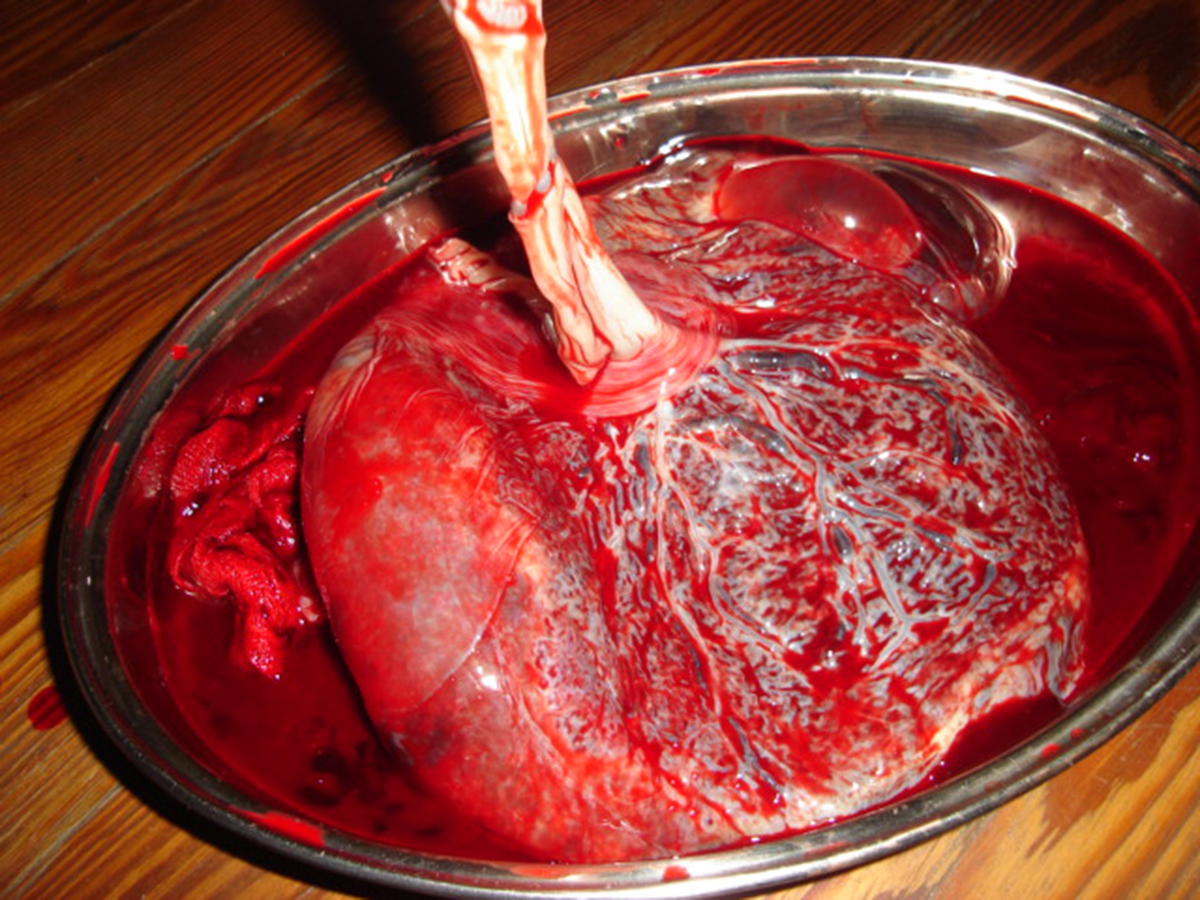Table of Contents
Welcoming a new baby into the world is always magical, and a natural time for people to engage in ritualistic practices. Over the last few decades, among proponents of so-called natural birth practices (which are often anything but), a set of odd habits has emerged. They range from eating the placenta to carrying it around for days, and from delivering babies into tubs to swabbing c-section babies with ehm, "intimate" secretions.
Some of these practices sound incredibly appealing — to some, that is. Do they have a point, though? More importantly, are they safe?

Placentophagy
Many mammals — including dogs and cows — have the instinctive practice of eating their placenta following childbirth. Doing so most likely saves multiple evolutionary purposes. It is clear that the placenta does contain some nutrients, including iron, and that it helps replenish protein levels. Eating the placenta may also reduce post-partum pain and help speed up the delivery of remaining fetuses.
Placentophagy, the scientific name for this practice, isn't foreign to humans either: different cultures have done it throughout human history, presumably for similar reasons as the ones outlined above. The practice has also, over the last decade or so, gained enormous popularity among "natural birth" advocates, particularly doulas and homebirth midwives in the United States.
So-called "crunchy" mothers may ingest their placentae in the form of smoothies or capsules, swallow pieces raw, or enjoy a placenta fry-up. Sounds yucky? Wait until you hear about the supposed benefits — halting post-partum hemorrhage, raising energy levels, preventing post-partum depression and generally helping the mother regain strength during a vulnerable period.
In addition, ingesting your placenta in its raw form can pose a serious health risk, just as consuming any other raw meat can. There is some concern that viruses and bacteria can survive even after the dehydration and encapsulation process that is most popular now. If you want to engage in this unusual practice, then, it would make most sense to thoroughly cook your placenta.
Water Birth
Many mothers find immersing themselves in water or even just hanging out in the shower to be an incredibly soothing experience during labor, one that may even relieve pain. Where available, a birth tub can be an excellent tool for mothers who enjoy the feeling of warm water around their bodies — and even the American College of Obstetricians and Gynecologists admits that there may be benefits to this practice.
Actually delivering the baby into the tub is a different question entirely however! Though proponents of the practice claim that it is completely safe, often mentioning that the baby had been completely immersed in water until leaving the uterus, which is obviously quite true, scientific reviews show otherwise. Near-drowning, respiratory difficulties, and nasty infections are all risks of delivery into water, risks that have already been proven to have occurred in reality.
- Photo courtesy of rabble via Flickr: www.flickr.com/photos/rabble/4417532500
- Photo courtesy of rabble via Flickr: www.flickr.com/photos/rabble/4417532500
- Photo courtesy of grendellion via Flickr: www.flickr.com/photos/grendellion/841151342


Your thoughts on this